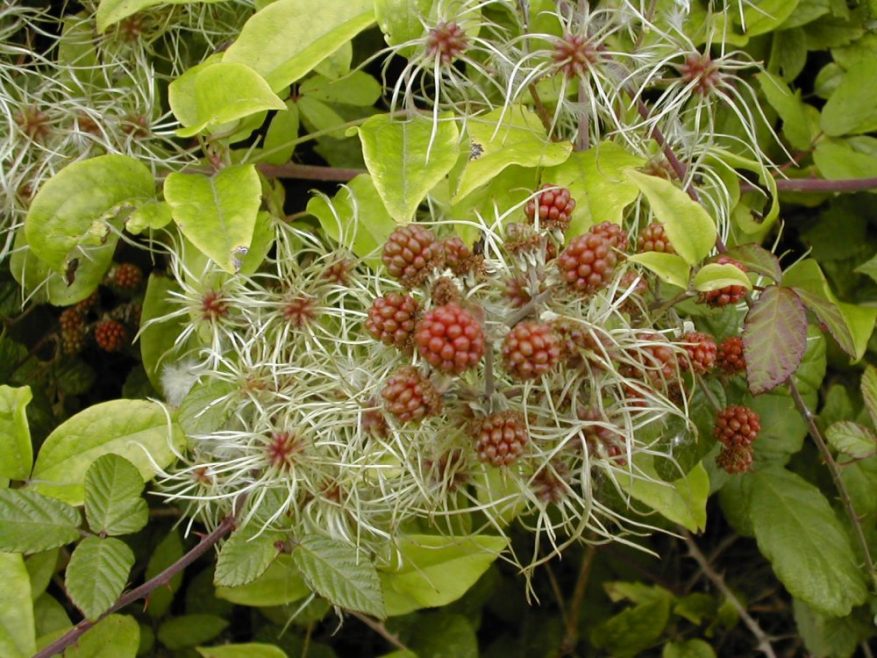
Travellers Joy or alternative name Old man’s beard
This wild clematis is a beautiful plant with masses of creamy-white flowers followed by the much more prominent feathery seed heads, which have given it one of its many other names: old man’s beard. These last through much of the winter, festooning otherwise bare wayside hedges. Perhaps this is why the plant is also known as traveller’s joy.
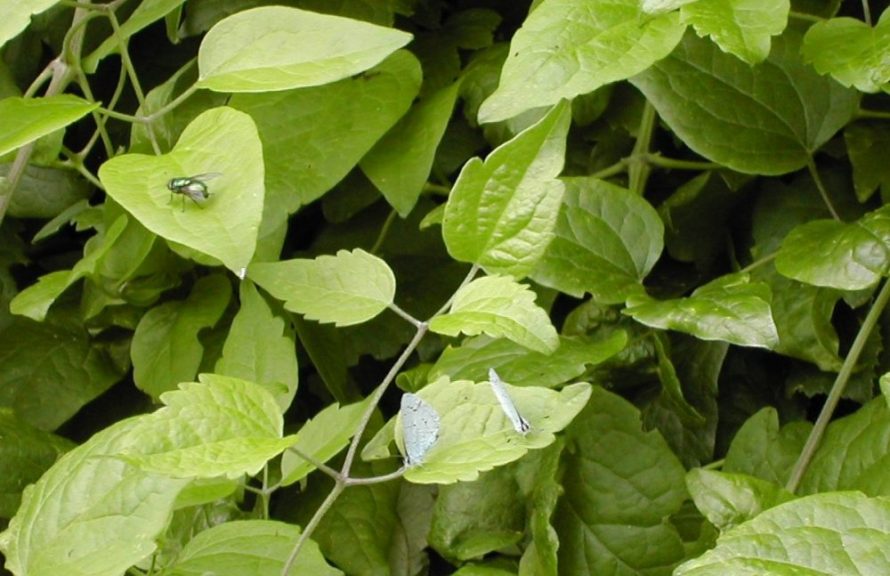
Holly Blue Butterflies
The Holly Blue Butterfly is fairly common in England and Wales. It is a woodland and garden species. There are two generations a year. The first caterpillars hatch from eggs laid on Holly in the Spring. They feed on the Holly flower buds. Changing into butterflies in the late summer. These butterflies lay their eggs on Ivy where the second generation of caterpillars feed on the Ivy flower buds before making a cocoon for the winter.
Blackthorn tree a member of the Rose family and an ancestor of our garden Plums
Emma
Common Mallow, member of the Geranium family
Emma
Clover or Vetch family
Emma
Clover or Vetch Family
Emma
PYRACANTHA (Firethorn) Large sprawling, vine like, thorny shrub. White flowers in spring, red or orange berries in fall and winter
Emma
Sea Buckthorn is an ornamental prickly dediduous hedging plant
Emma
Rosebay Willowherb, Perennial, spreading by seed and creeping, fleshy white rhizomes. When it is in flower in large clumps it makes a striking feature - this gives rise to name Fireweed when a large stand is viewed from afar.
Emma
Ragwart is a herb with daisy-like flowers. They are members of the Daisy family and are mildly poisonous usually avoided by cattle.
Emma
Flower bud of the Parsley family
Emma
Wild Carrot also known as Birds Nest or Queen Anne's Lace
Emma
Woody Nightshade, member of the potato family. Also commonly known as Bittersweet. The red berries are less poisonous than Deadly Nightshade, with which it is sometimes confused. It grows in a variety of habitats from shingle to scrub and woodland, flowering between May and September. The flowers are followed by glossy, oval berries which start green, turning to yellow and red when ripe. The berries are very poisonous.
Emma
Author
By Emma FullerPage added
22/08/2008

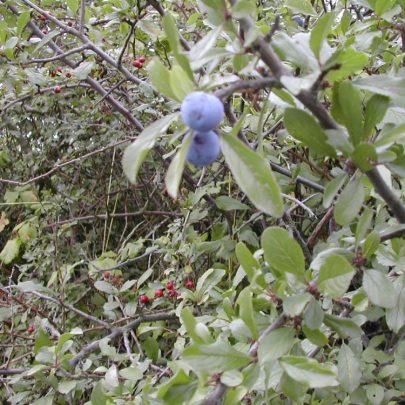
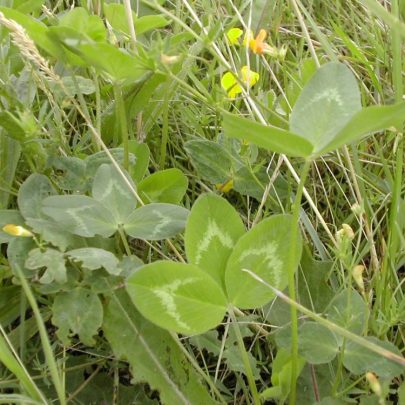
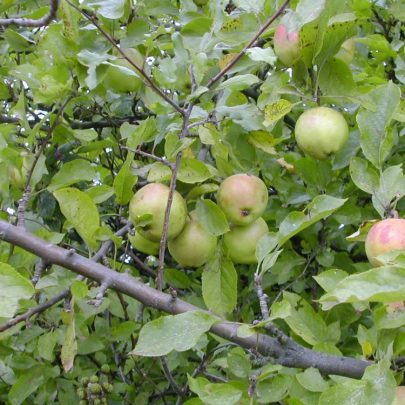
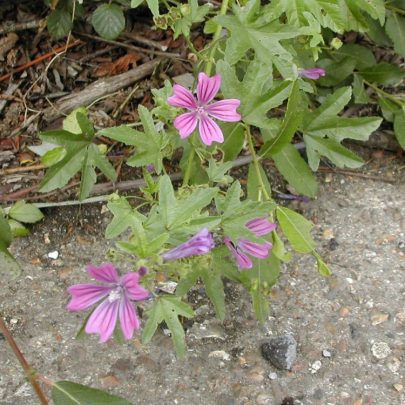
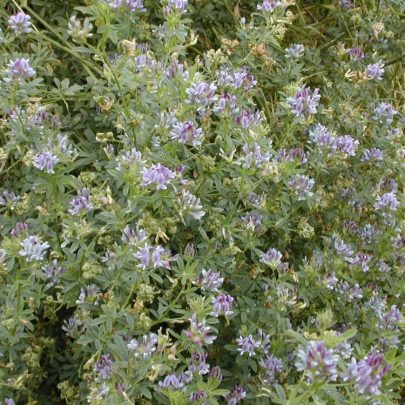
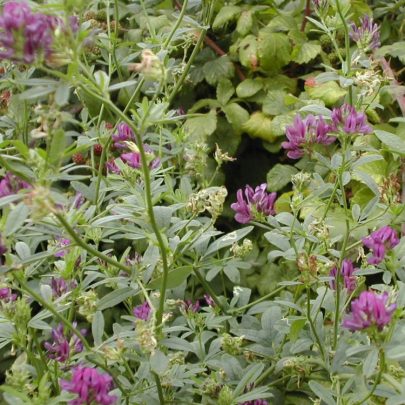


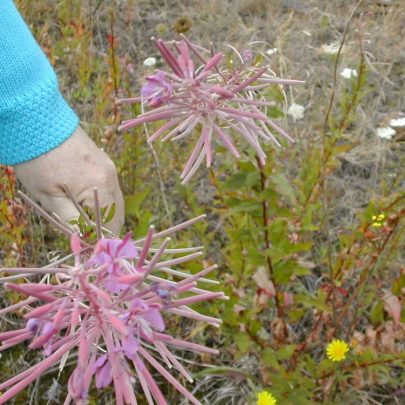

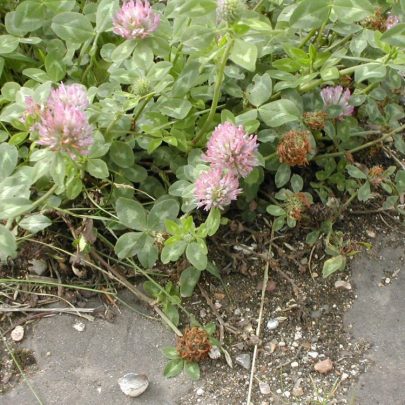
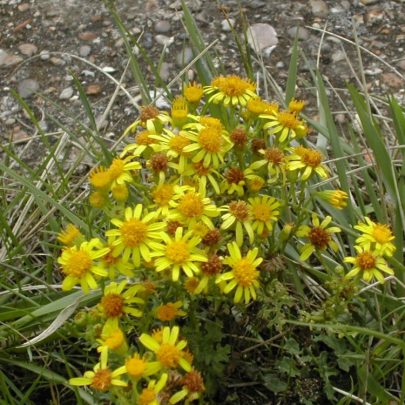
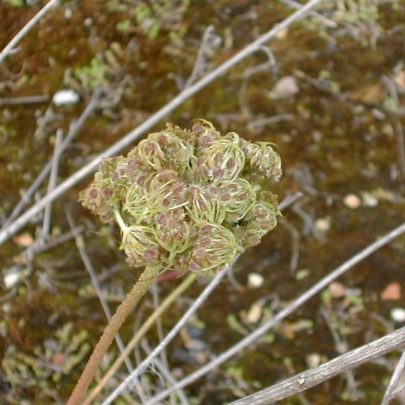
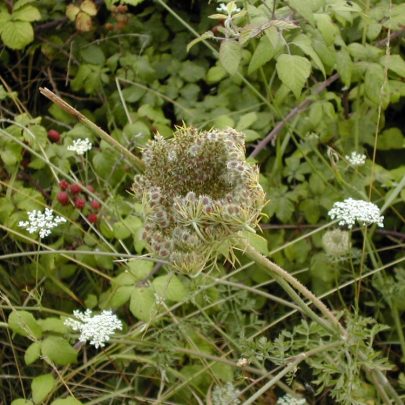
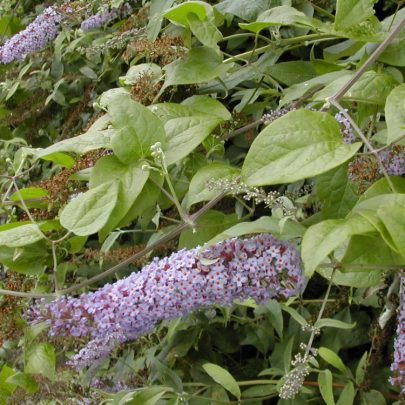
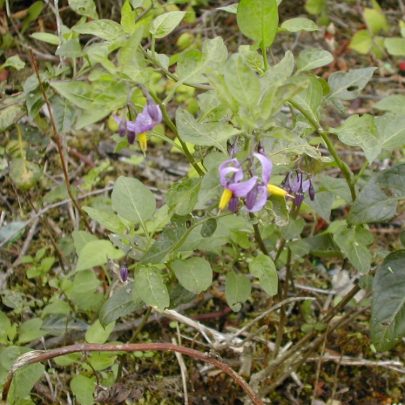




Comments about this page
Your photos are very good Emma I`ve enjoyed looking at them. Looking forward to your next project.
Here’s an ironic coincidence!
I’ve just read that in the early 19th century this stretch of the Thames between Hole Haven and the Kent coast was nicknamed by river-users ‘BOTANY’, not for it’s profusion of flora but because of the several PRISON-HULKS stationed there holding convicts en route for the penal settlement in Australia.
Add a comment about this page